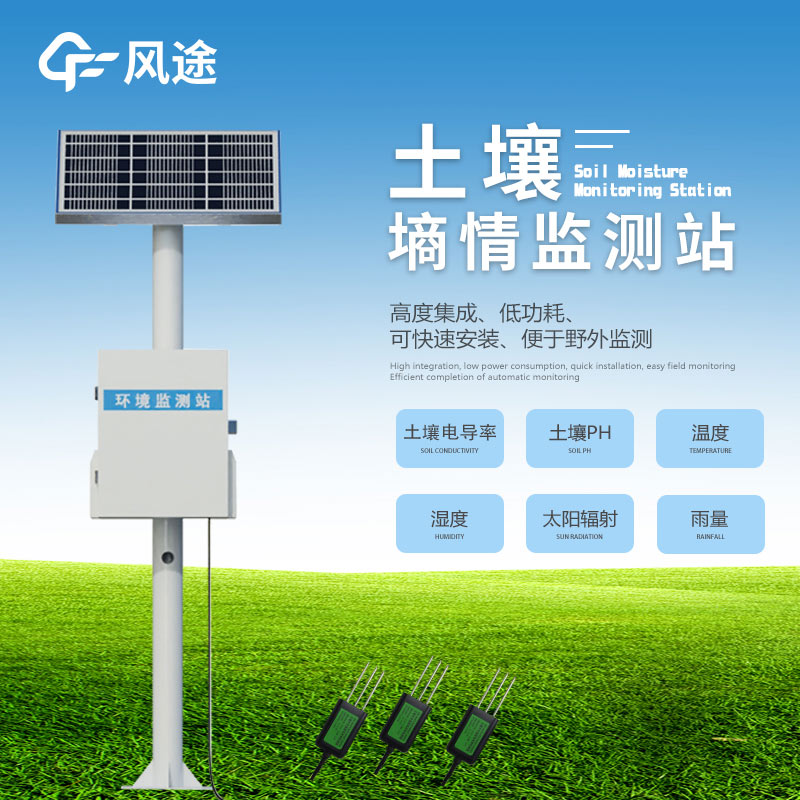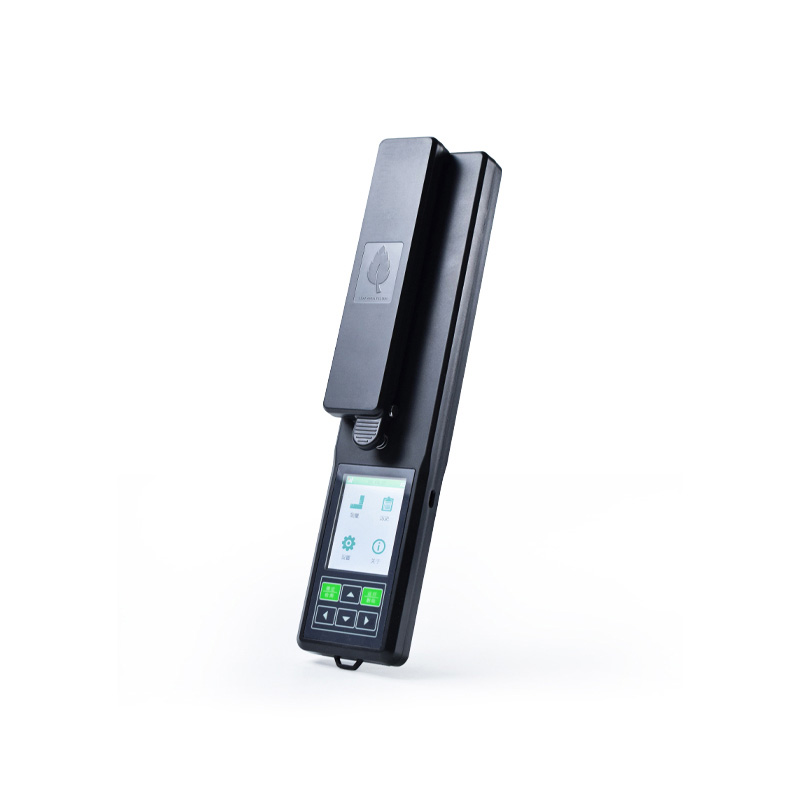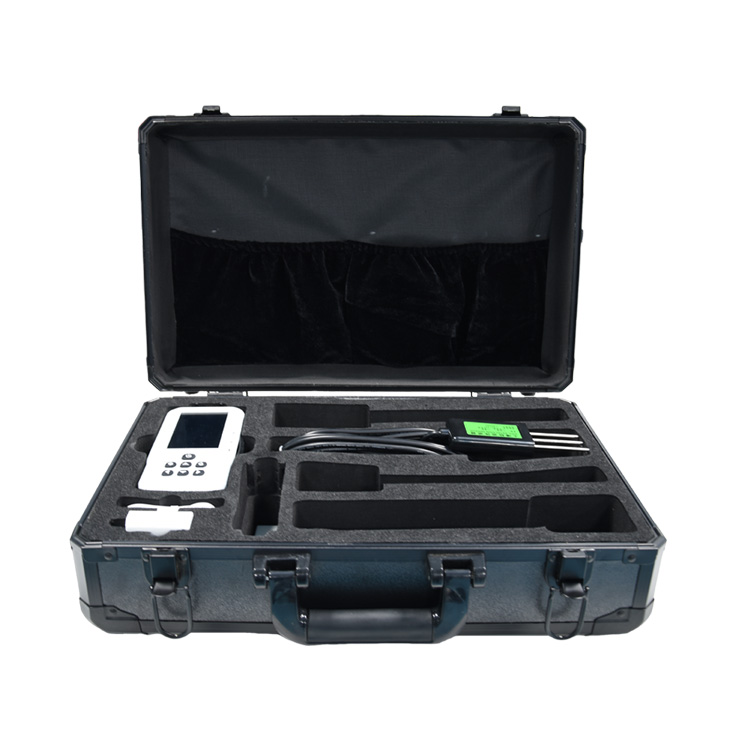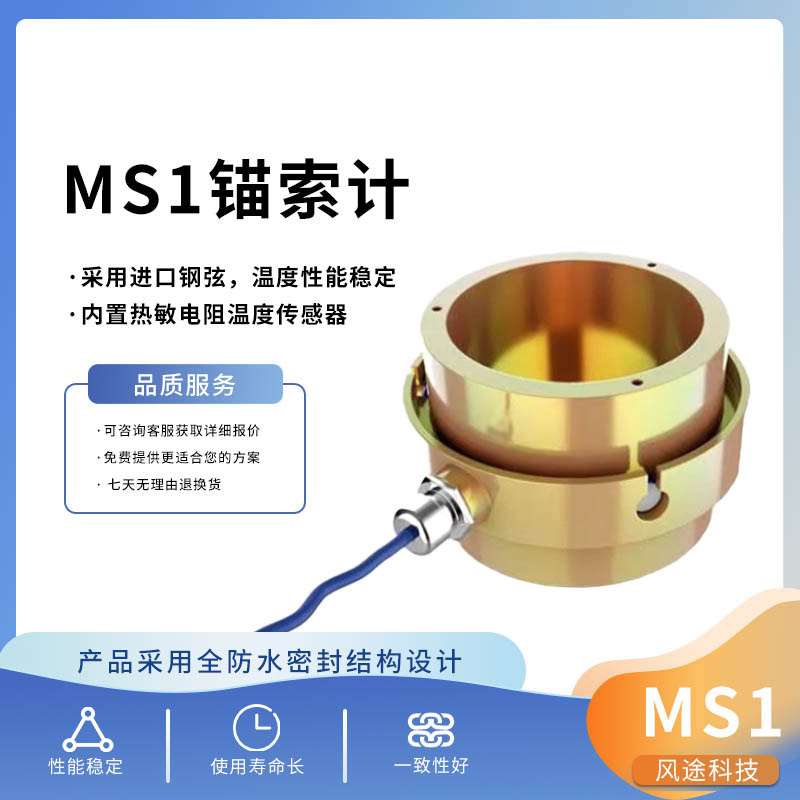A Soil Moisture Monitor is a field environmental automatic monitoring device based on IoT technology. It can perform long-term, continuous, and automatic measurement of soil moisture conditions (such as soil moisture, temperature, and other parameters), and report data to a cloud platform through wireless networks. Users can remotely view the data via computers or mobile phones, enabling remote monitoring.
It is a highly integrated field automatic monitoring system that replaces traditional inefficient manual measurement methods. It achieves continuous, automatic, and accurate sensing and data transmission of soil moisture and related environmental factors in specific areas, ultimately transforming data into effective information for remote decision-making.
The measurement targets are soil volumetric water content and soil temperature, which are the most direct indicators for assessing soil moisture conditions. On this basis, the system can flexibly integrate multiple sensors to expand monitoring of meteorological elements such as atmospheric temperature and humidity, rainfall, light intensity, wind speed and direction, and even soil electrical conductivity (salinity) and pH value, forming a comprehensive field environment observation node. This multi-dimensional data collection capability provides a solid data foundation for comprehensive analysis of crop growth environments.
The built-in data logger of the monitoring station automatically wakes up and collects readings from various sensors at preset time intervals. Subsequently, this data is transmitted in real-time to a remote cloud data center through integrated wireless communication modules such as 4G, 5G, or NB-IoT via public mobile networks. This process is fully automated, eliminating the need for manual on-site data recording and avoiding potential errors and delays.
Since monitoring stations are usually deployed in fields lacking mains power supply, they generally adopt an energy solution of "solar panel + battery + intelligent power management". High-performance solar panels convert light energy into electrical energy during the day and charge durable batteries. The device circuit adopts an ultra-low power consumption design, entering deep sleep mode during non-collection periods, with standby power consumption as low as microampere level. This ensures that the system can continue to operate for weeks or even months using stored power under harsh weather conditions with continuous rain and insufficient light.
The value of data is truly activated only after it reaches the cloud platform. Users can access a visual data dashboard anytime, anywhere through a web browser or mobile app. Here, they can not only view the latest data in real-time but also review historical curves and generate statistical reports to intuitively grasp the dynamic change patterns of soil moisture.
Users can customize warning thresholds for various parameters. When soil moisture falls below the drought warning line or exceeds waterlogging standards, the system immediately issues alerts to managers through platform notifications, SMS, or email, gaining valuable time for precise irrigation and disaster response.
Soil moisture monitors have completely changed the traditional agricultural management model that relies on experience and "watering based on weather conditions". By providing objective and continuous data, they directly serve precision irrigation in agricultural production, helping managers develop scientific irrigation plans. While ensuring crop water needs, they save precious water resources, achieving water conservation and efficiency improvement.
Networks composed of numerous monitoring stations can provide high spatiotemporal resolution drought dynamic information for government departments such as water conservancy and agriculture, offering crucial decision-making basis for regional drought resistance and mitigation, and rational allocation of water resources.
This technology is also widely used in forestry conservation, grassland ecological research, highway and railway slope stability monitoring, and landslide geological disaster early warning, among many other fields that require real-time and continuous monitoring of soil moisture conditions.

This paper addresses:https://www.fengtusz.com/industry/855.html









